
In 2023, Tua Chua district converted nearly 357 hectares of ineffective rice land to grow cassava, taro, green hemp, etc. Typically, the family of Mr. Sung A Tru, Cang Phinh village, Lao Xa Phinh commune, used to grow upland rice, but the yield was low, then switched to growing corn but the price was also unstable. After being propagandized by commune officials, then participating in training classes and instructions on growing green hemp, his family converted the upland rice land area to grow 1 hectare of green hemp.
Mr. Tru said: Due to the suitability of the soil and climate and proper care according to technical procedures, the green hemp plant grows very well and has been harvested several times. On average, the family earns 60 - 80 million VND per year. In particular, participating in the linkage model, the product output is guaranteed, and there is no situation of good harvest but low price.
In Tuan Giao district, in 2023, the district propagated and mobilized people to convert nearly 300 hectares of ineffective rice land to other crops, such as: Fruit trees, macadamia... In Pu Nhung and Rang Dong communes, if in the past people only focused on growing corn and upland rice, in recent years, with the guidance and encouragement of local authorities, households have gradually converted to growing fruit trees such as: Mango, green-skinned grapefruit, pineapple, jackfruit... Up to now, Pu Nhung (100 hectares) and Rang Dong (50 hectares) of fruit trees have become concentrated fruit tree areas of Tuan Giao district.

Mr. Bui Huu Van, Rang Dong village, Rang Dong commune is a typical example of crop restructuring that brings high economic efficiency. Before 2017, Mr. Van's family mainly cultivated upland rice but with low efficiency. In 2018, when the officers of the Department of Agriculture and Rural Development of Tuan Giao district propagandized and mobilized to convert crop structure; at the same time, he was supported with seeds, fertilizers, and product consumption linkages, Mr. Van's family switched to growing mango trees. Up to now, the family's mango garden has begun to yield harvests. Realizing the effectiveness, many households in the village have joined and established production linkage cooperatives.

In recent years, local authorities in the province have actively promoted and mobilized people to change crop structure and improve land use efficiency. In 2023 alone, the total area converted on rice land is more than 2,434 hectares (including 2-crop rice fields, 1-crop rice fields and upland rice land); an increase of 851 hectares compared to 2022. Of which, the area converted to annual crops (galanga, taro, cassava, pasture grass, etc.) is more than 987 hectares; the area converted to perennial crops (fruit trees, medicinal plants, macadamia trees, etc.) is more than 1,447 hectares. The converted areas are mostly on upland rice land, accounting for 94.85% of the total area. The area converted to annual crops is more than 987 hectares, perennial crops is more than 1,447 hectares. The area after being converted to growing annual and perennial crops has helped people stabilize their income (depending on the type of crop, it increases from 3 to 5 times compared to growing upland rice); forming some concentrated areas for fruit trees, macadamia trees... farmers' lives have gradually improved.

However, the conversion of crop structure on rice land still faces many difficulties. A part of the population still has the mentality of waiting and relying on the State's investment support; the mobilization of funds from organizations, enterprises and households to participate in the conversion of crop structure is still limited. The converted area is still small and fragmented, not fully exploiting the potential, productivity and quality of crops to meet market requirements; the level of cultivation and application of scientific and technical advances in production of the people is still limited; deep processing after harvest is still limited.
In 2024, the province plans to convert more than 866 hectares. Of which, the area converted to annual crops is 544 hectares; the area converted to perennial crops is more than 322 hectares. To improve land use efficiency, the Department of Agriculture and Rural Development recommends that the Department of Crop Production propose to the Ministry of Agriculture and Rural Development to continue investing in building models of applying science and technology and transferring technical advances to ethnic minorities and extremely difficult areas; support attracting businesses inside and outside the province to invest in building small and medium-sized processing facilities suitable to the production conditions of mountainous provinces.
Source




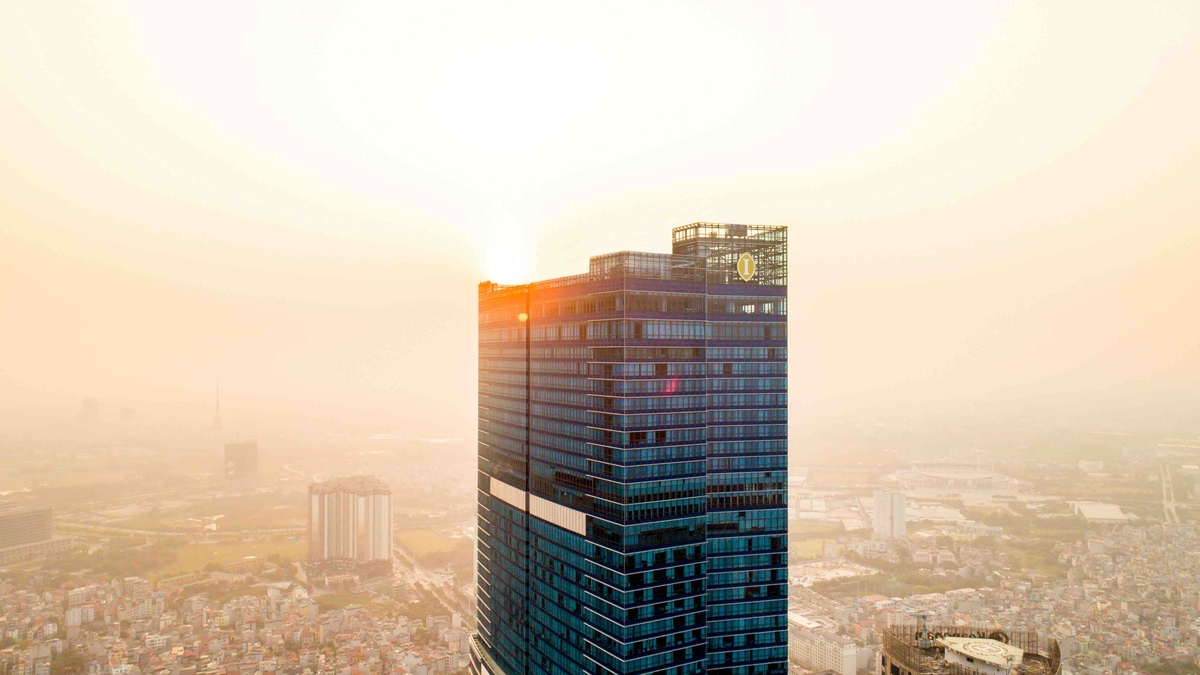





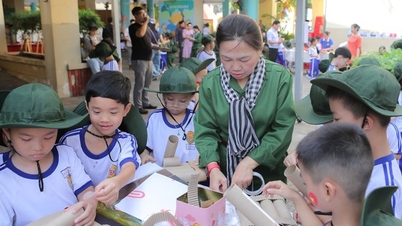





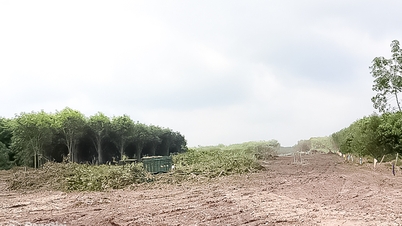


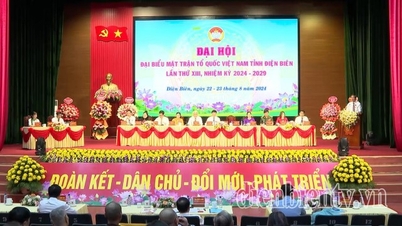


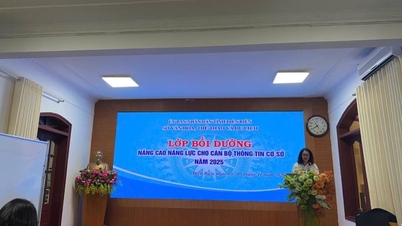

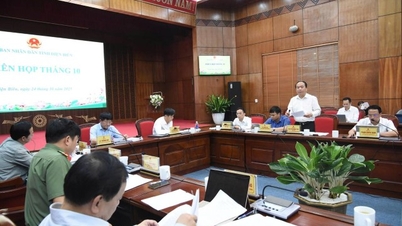



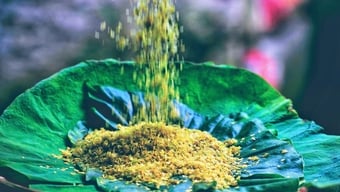



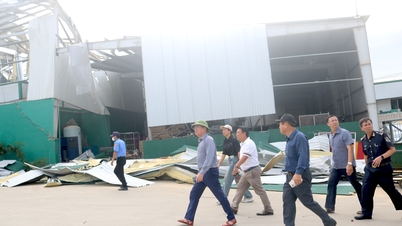















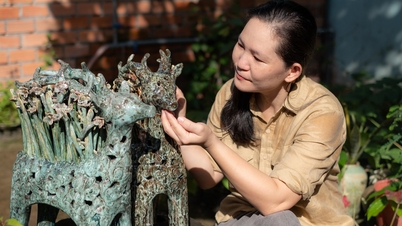


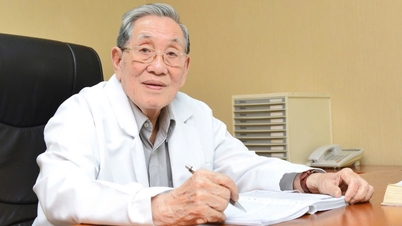





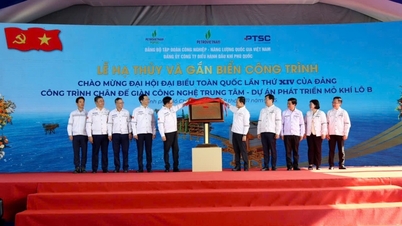
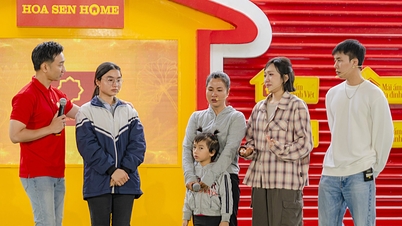
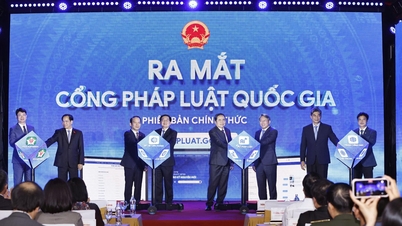











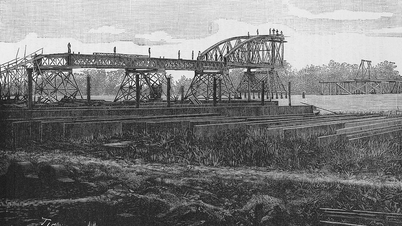

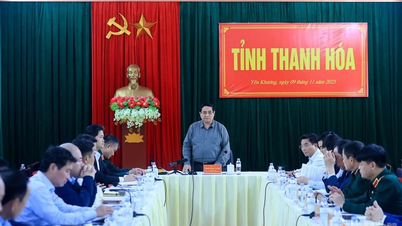




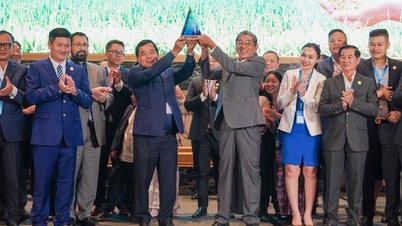


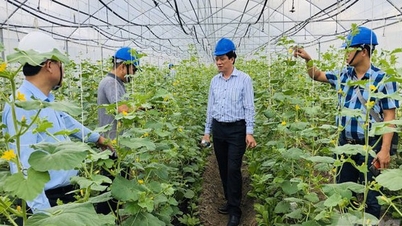
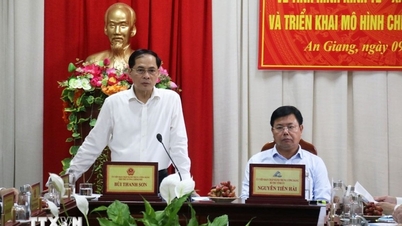



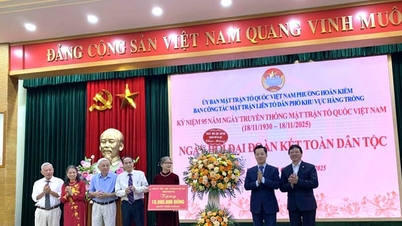



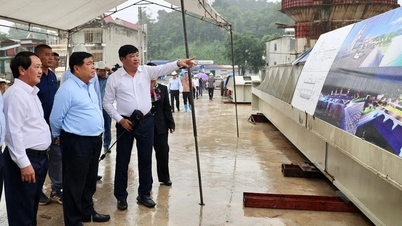















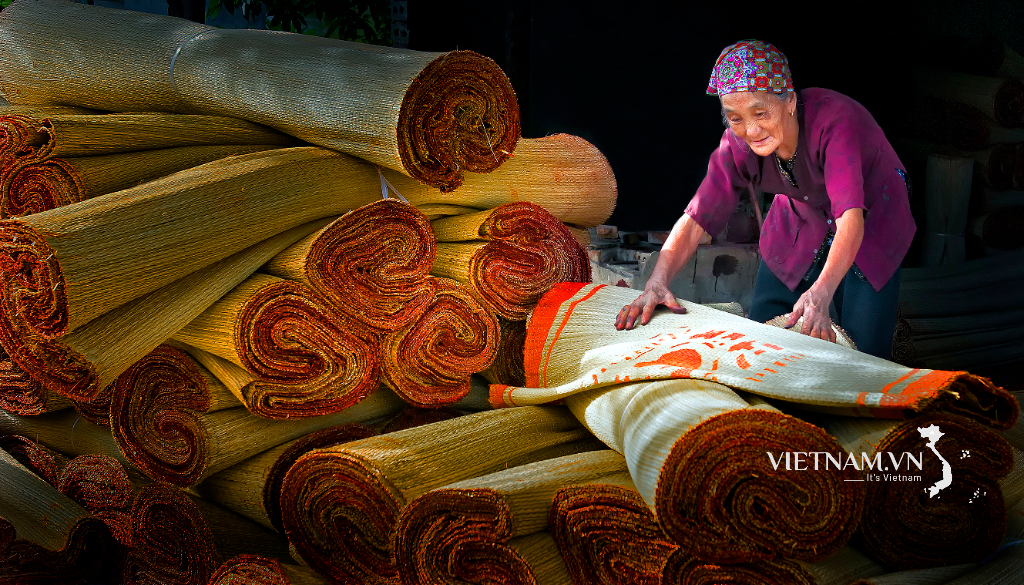


Comment (0)